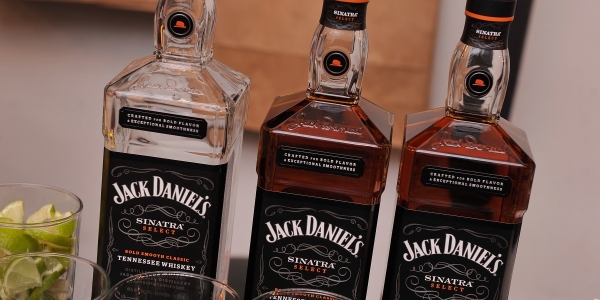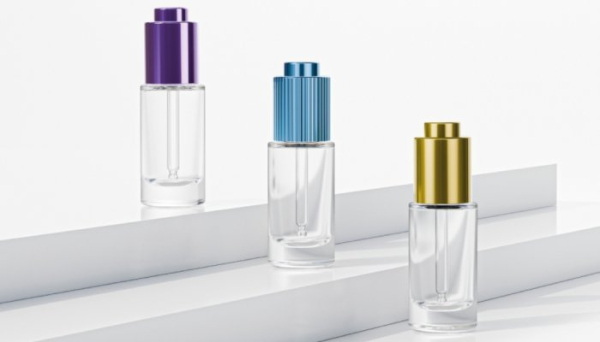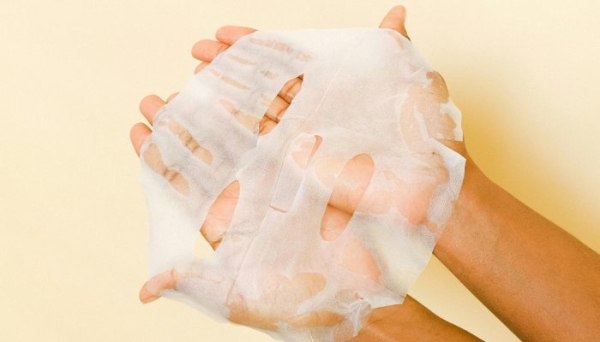
Jack Daniel’s has an alcohol problem: its whiskey is feeding a fungus that has migrated to a town near some of its Tennessee factories.
The New York Times reported on Wednesday that some residents of Lincoln County, Tenn., had been complaining for months that their homes, cars, bird feeders, and patio furniture were carpeted with a black, sooty substance—and it was spreading uncontrollably.
Whiskey fungus—a fungus that feeds on ethanol vapors and can grow on almost any surface—is the cause of the Lincoln County residents’ frustrations, and is thriving thanks to six Jack Daniel’s warehouses where aging liquor sends alcohol into the air.
Jack Daniel’s is building a seventh warehouse—referred to by the company as barrelhouses—and asked the county to rezone another property so it could potentially build a further six warehouses, according to the NYT.
The company reportedly told local officials that if it was able to operate 14 warehouses, it could generate $1 million in annual property tax revenue for the county.
However, Lincoln County Chancellor J.B. Cox ruled last month that construction must be halted as the correct approval process on the warehouse was not completed.
It came as one woman, who owns a mansion in Lincoln County that she runs as a wedding venue, sued the local zoning office arguing that the Jack Daniel’s distilleries near her property did not have the proper permits required for their operation.
The woman who filed the lawsuit told the NYT on Wednesday that the “disgusting” fungus was “now on steroids” and threatened to turn her part of Lincoln County “as black as coal.” She said she wanted Jack Daniel’s to install air filters in its warehouses to prevent the spread of the fungus.
A lawyer for the woman told the BBC that distillery operators often told visitors about the so-called “angels’ share”—the evaporation process that sees alcohol vapors sent into the air—but that they failed to tell people about the “devil’s fungus” that it often creates.
He added that he expected the court to order Jack Daniel’s parent company, Brown-Forman, to stop using six of its recently built warehouses.
Another Lincoln County resident told the NYT that since Jack Daniel’s constructed a warehouse next to her home at the end of last year, whiskey fungus had coated her roof and her car—and she was doubtful she’d be able to sell up and move.
“Who’s going to want to live here?” she said.
“We respect the Chancellor’s ruling and look forward to working with Lincoln County on updated permits,” a spokesperson for Jack Daniel’s said in a statement emailed to Fortune on Thursday. “The Jack Daniel Distillery will continue to comply with regulations and industry standards regarding the design, construction, and permitting of our barrelhouses.”
Jack Daniel’s isn’t the only alcohol manufacturer to face resistance from locals to its attempts to expand operations.
According to Kentucky newspaper the Lexington Herald-Leader, residents of three Kentucky counties have fought expansions by bourbon makers in a fight over the effect of whiskey fungus on property values.
What is whiskey fungus?
Baudoinia compniacensis—also known as whiskey fungus, rum fungus, and warehouse staining fungus—feeds off of ethanol vapors, according to environmental health specialists. It is often found near distilleries that produce liquors like whiskey, scotch, and vodka because of the ethanol released in the production process.
The fungus is black in color and can grow on various surfaces, including plastic, concrete, steel, brick, and plants, leaving a sootlike crust on a slew of everyday objects in affected areas such as homes, road signs, and cars.
There is limited research on the impact of whiskey fungus on public health, but it is not thought to cause illness in humans.
However, health officials advise wearing personal protective equipment if attempting to clean it off a surface and making sure it is fully removed from any contaminated food before consumption.
Dr. James A. Scott, an expert in public health at the University of Toronto who has studied the whiskey virus for more than two decades, told the New York Times that the only way to stop the fungus growing was to stop supplying it with alcohol.
“It wrecks patio furniture, house siding, almost any outdoor surface,” he said. “I’ve seen trees choked to death by it. It is a small mercy that it does not also appear to have a negative impact on human health.”
That doesn’t mean the virus’s growth isn’t harmful, however.
According to British law firm Hugh James, which has a team dedicated to whiskey fungus claims, the damage caused by the stain-inducing fungus can have a negative impact on local areas, dragging house prices down.







